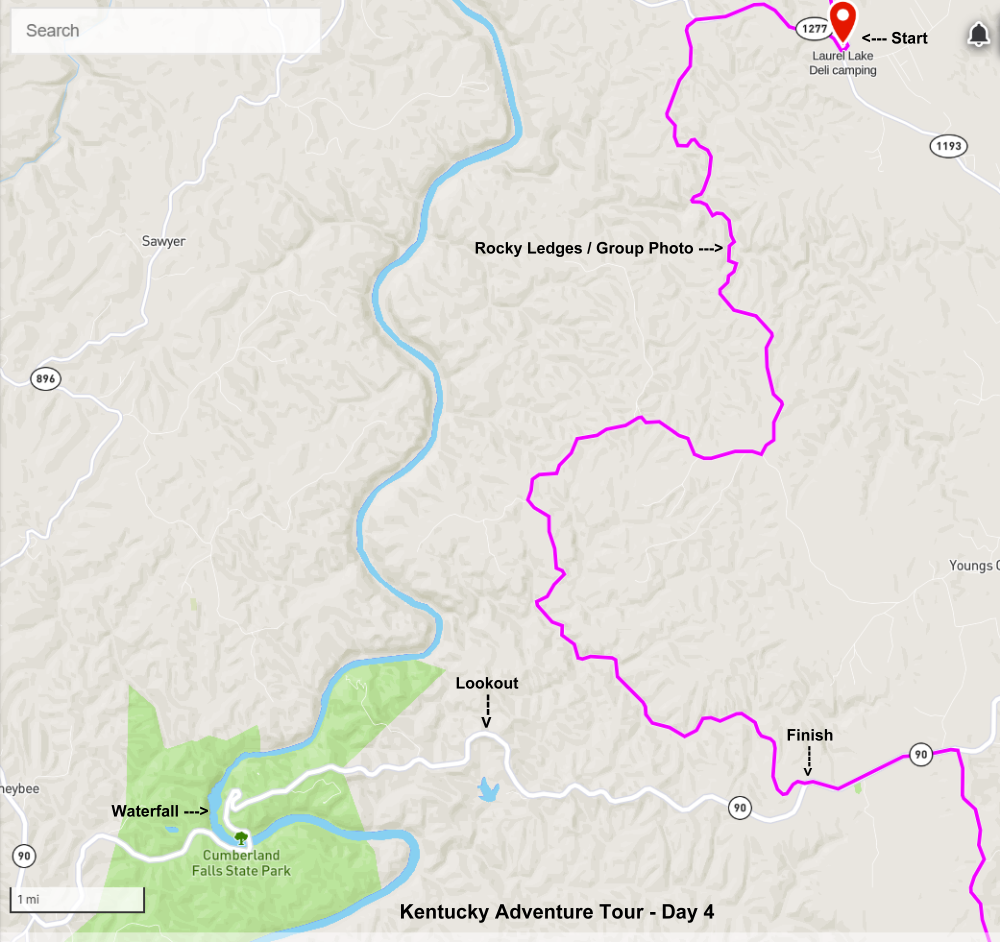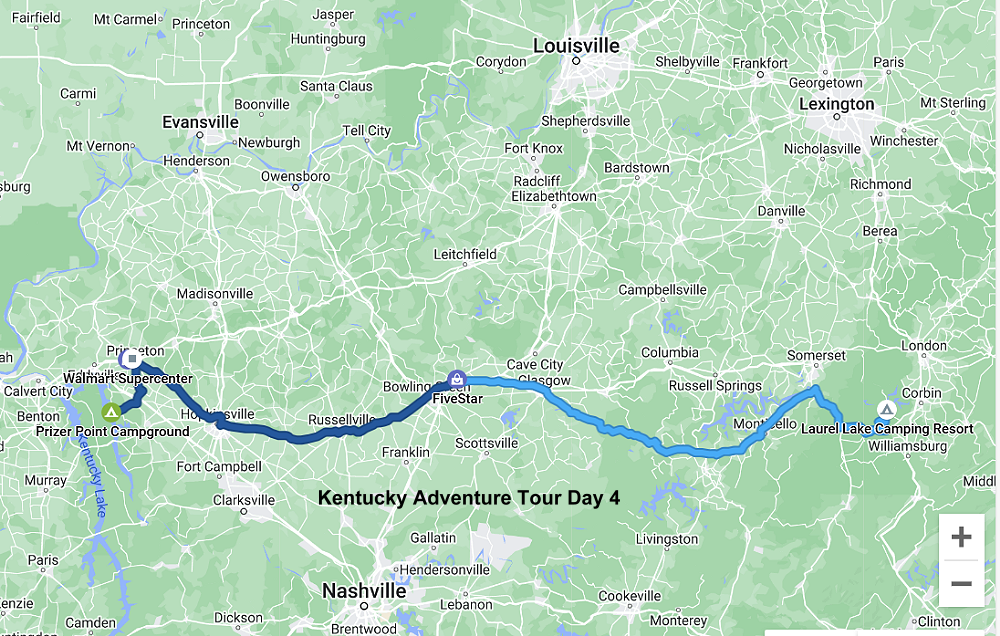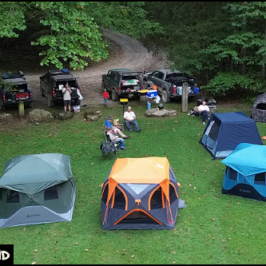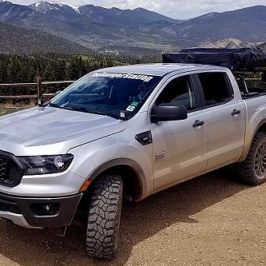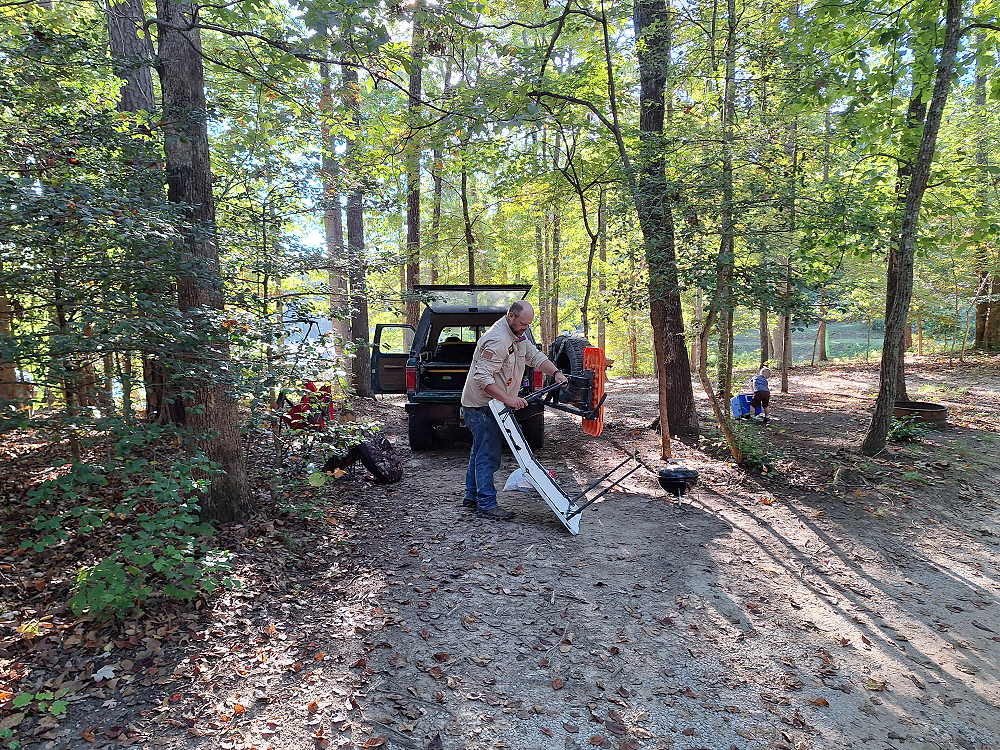
Thursday morning (September 5, 2024) we had breakfast, packed up camp, and needed to head to the Prizer Point KOA campground at Land Between the Lakes for TheRangerStation.com 25th Anniversary. The trip from Laurel Lake Campground to Prizer Point would take anywhere from 4.5 to 5 hours. We decided that we had a little time to spare, so we would follow the Kentucky Adventure Tour south to Route 90 and then follow that west to Cumberland Falls State Park.
While travelling down Forest Road 193 we came across these ledges and decided to stop and take a look. We also decided that it would be a good place to take a group photo.
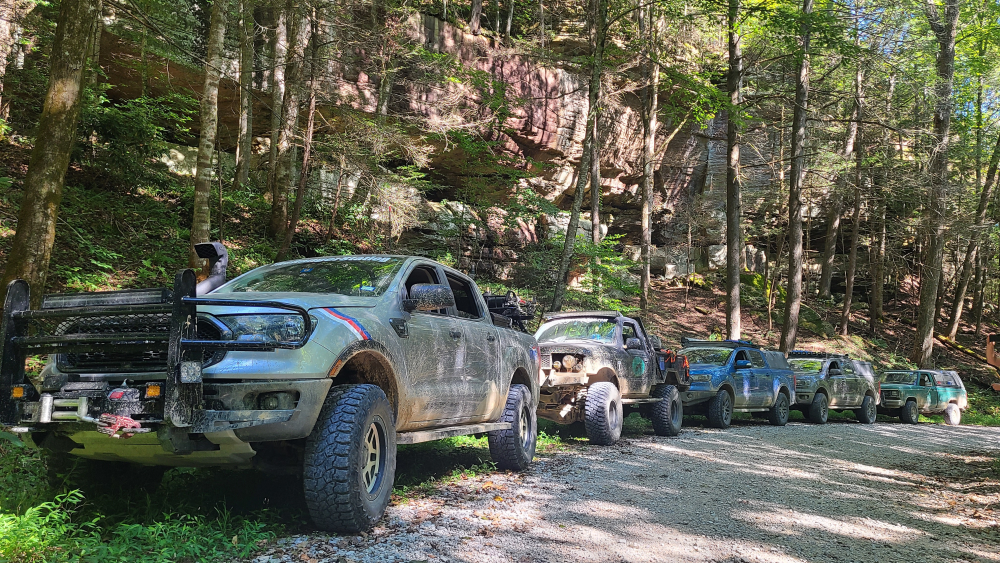
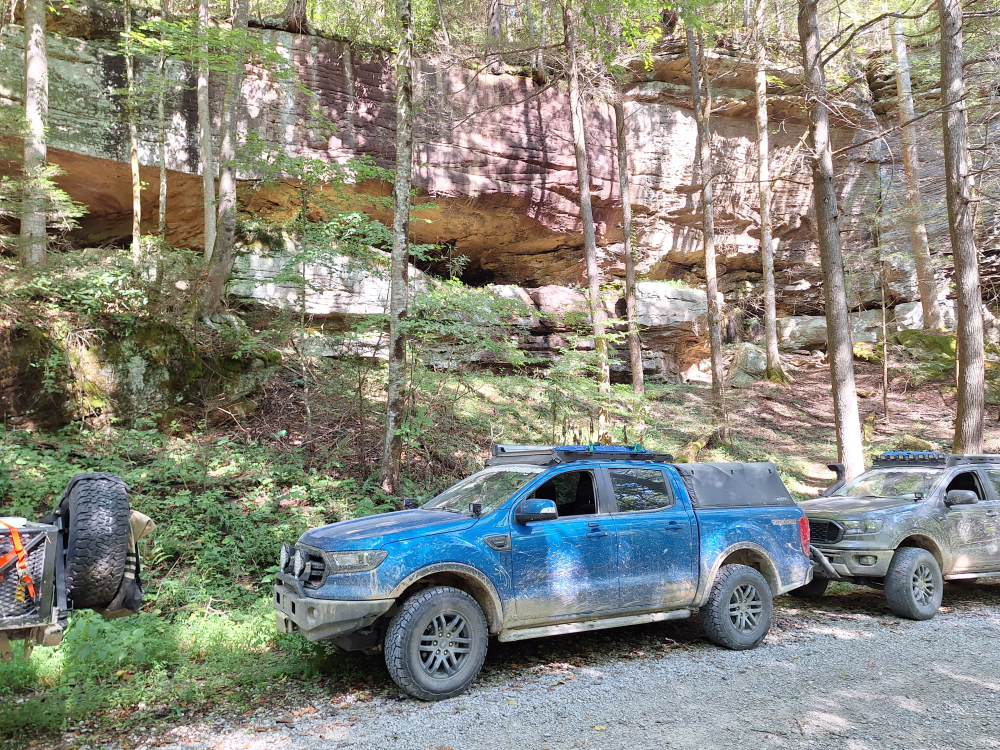
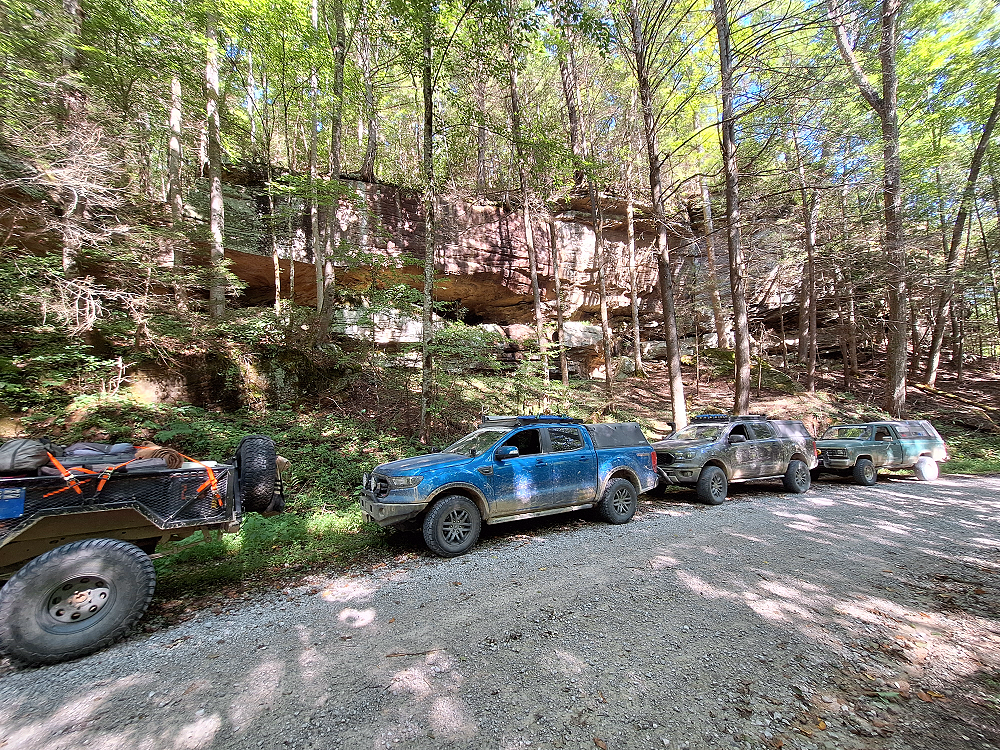
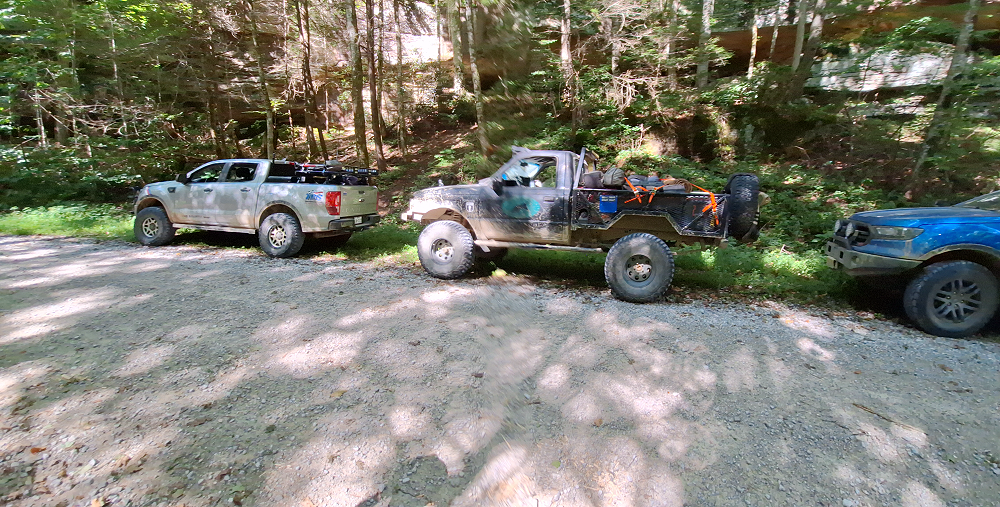
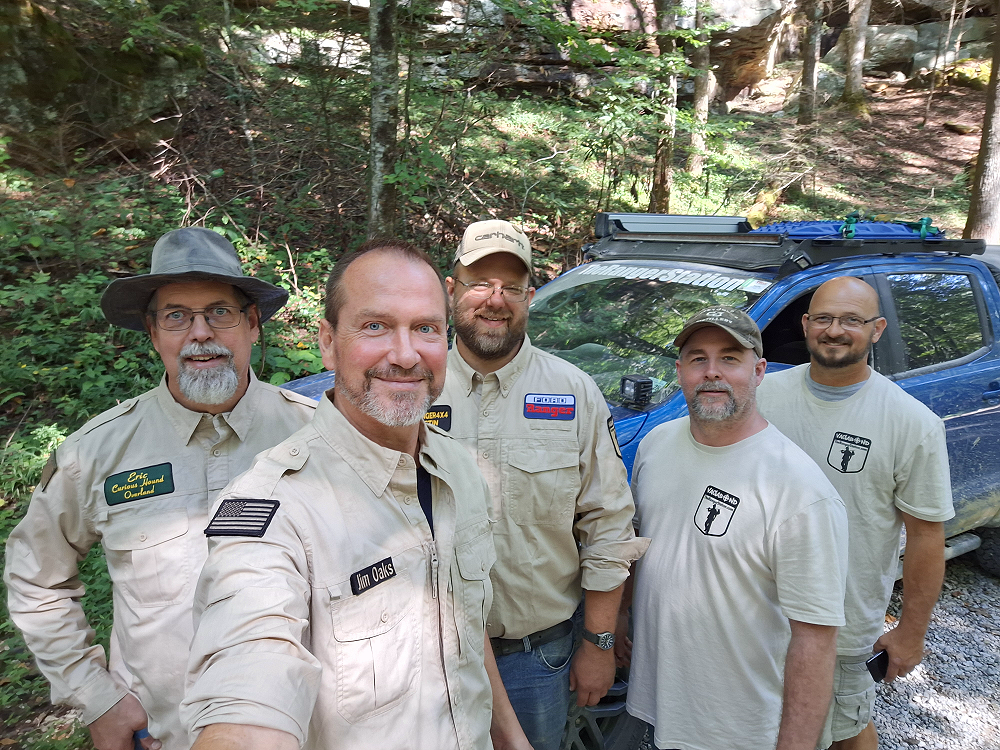
Cumberland Falls Road Lookout
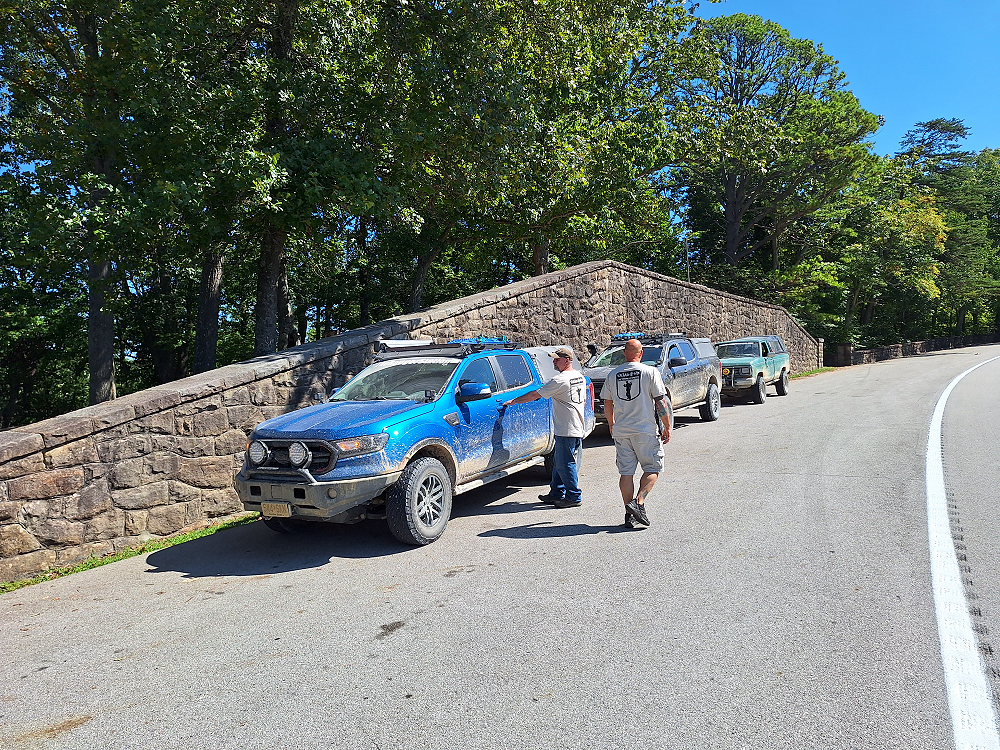
While traveling west on Cumberland Falls Road (SR90) we spotted a large stone structure on the right side of the road at a hillcrest with a place to pull over, so we stopped to see what it was.
You could tell that this was once a beautiful lookout and that a lot of money had been spent on its construction, but the signs were gone, and the trees had been allowed to grow up and block the view.
In 1929, the stock market crashed and sent the world into the Great Depression. During these years, many Kentuckians were out of work and fell on hard times. President Franklin D. Roosevelt enacted a variety of civic programs to try to revive the nation, known as the New Deal. Within this package of programs, the Civilian Conservation Corp (CCC) functioned as a means to provide relief for unemployed, unmarried men in exchange for labor on public projects.
Starting in 1933, three CCC camps were erected in Corbin near the Cumberland Falls State Park area- companies 509, 563, and 1578. The men of these companies built everything from trails to parking areas and picnic tables. The National Park Service supervised the men’s work and the Army supervised the men at their housing units. The young men earned three meals a day, about 30 dollars a month and basic education for their services. CCC work at the Cumberland Falls State Park continued until 1937.
More than likely this lookout was built by the Civilian Conservation Corp in the 1930’s.
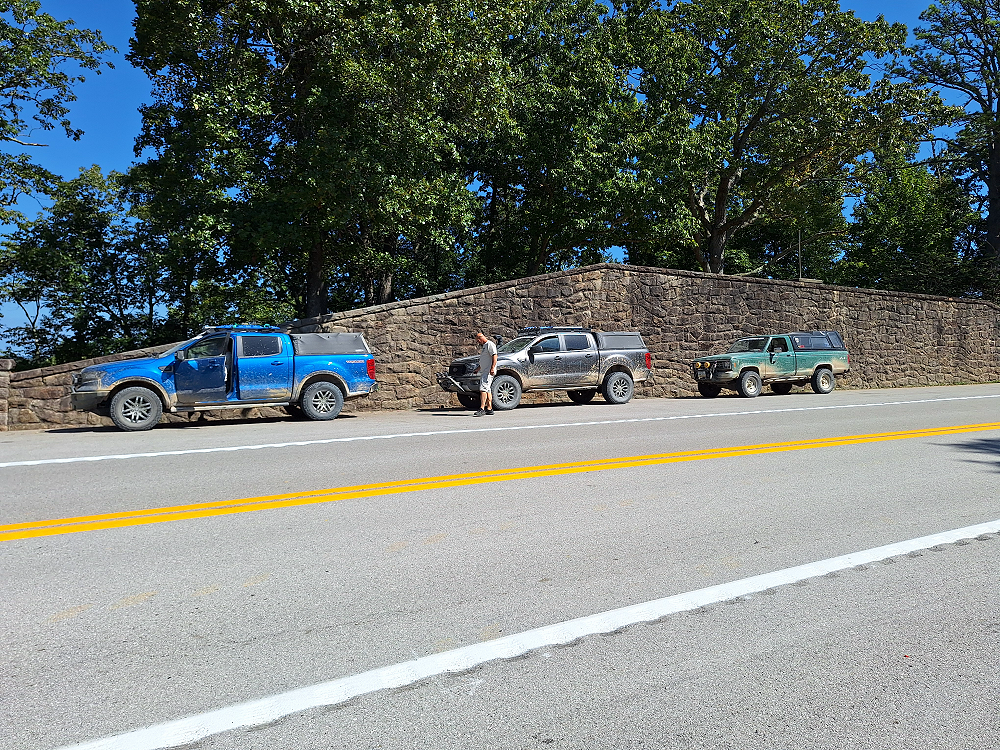
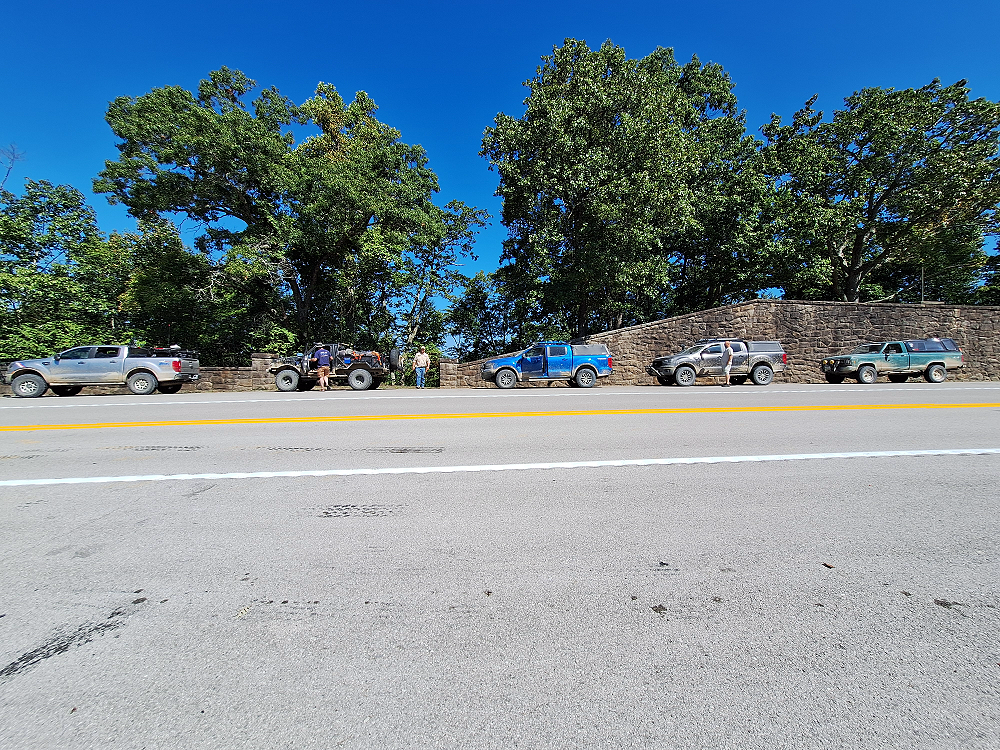
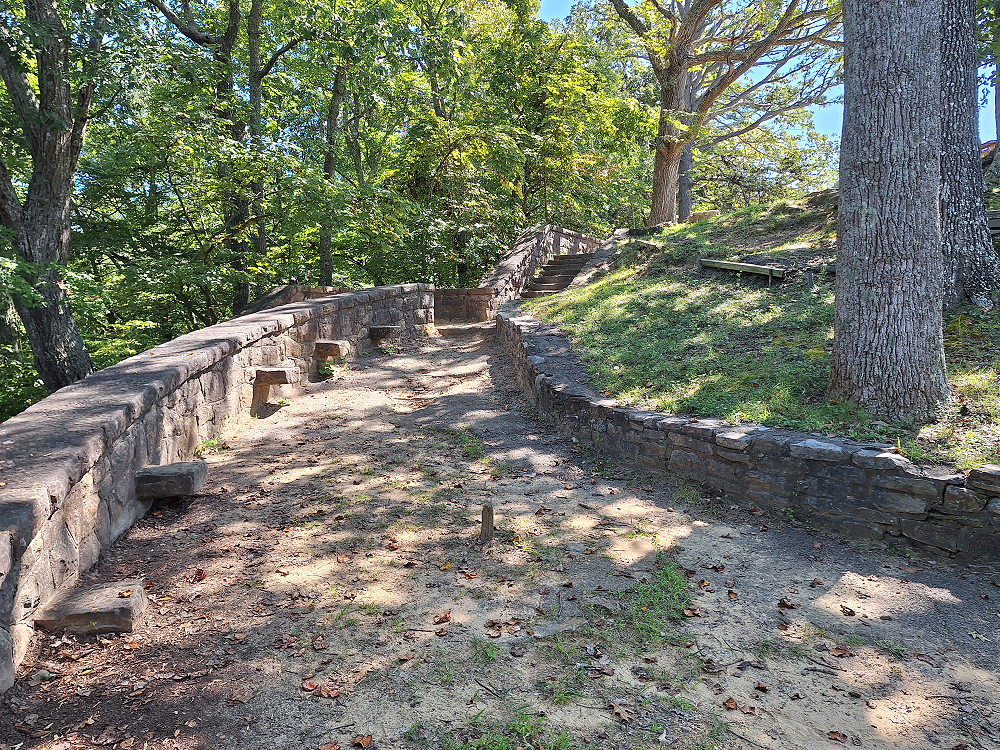
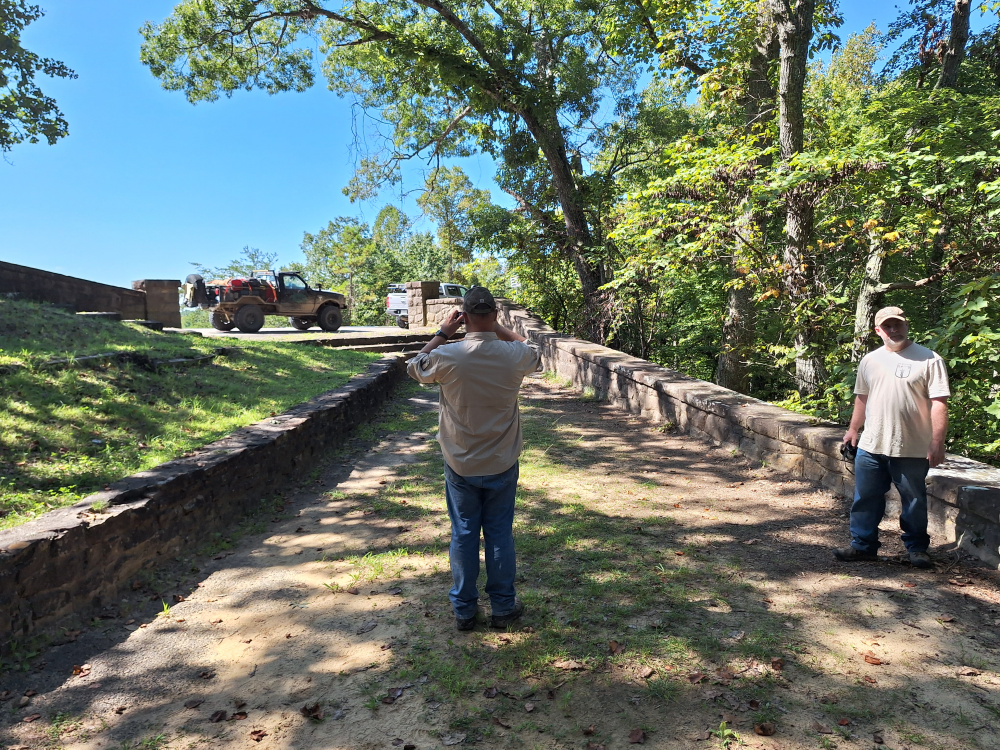
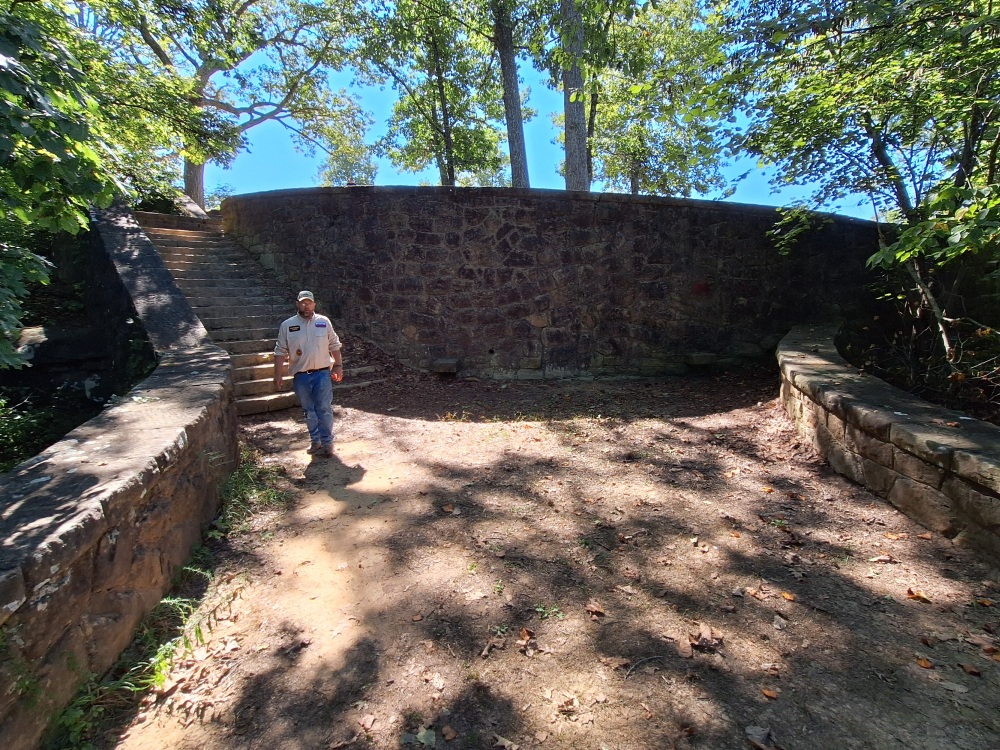
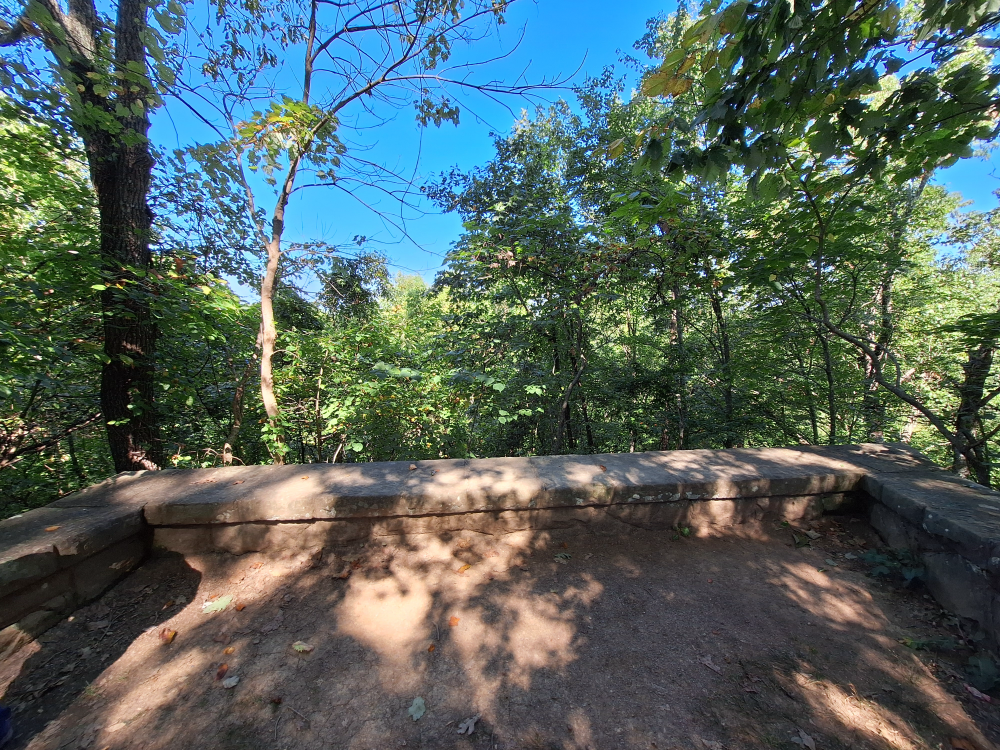
I bet this lookout below once had a beautiful view.
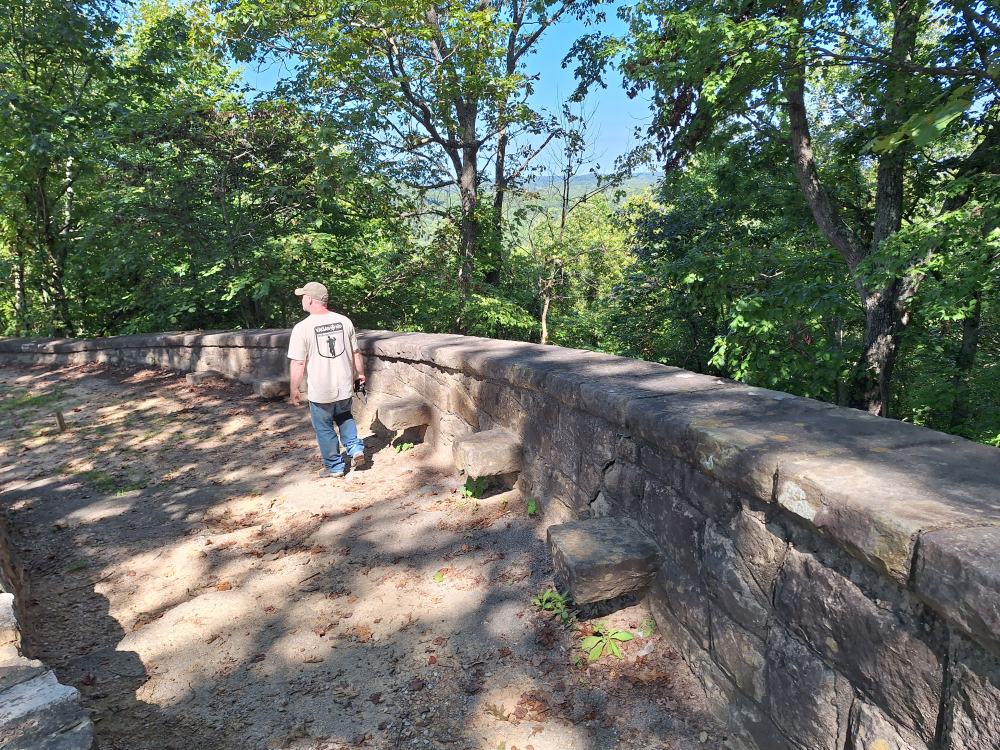
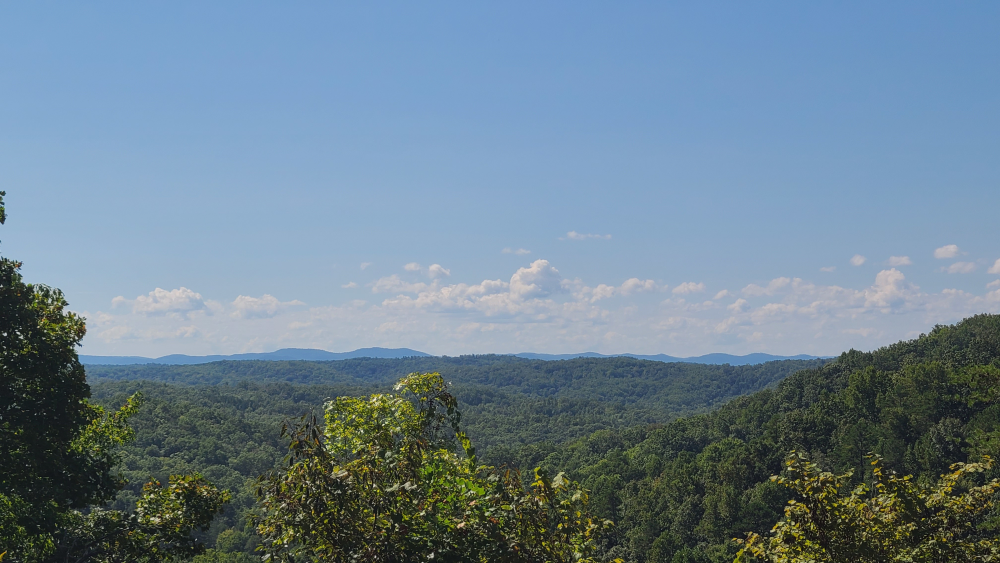
You can still get a view from the top of it along the road.
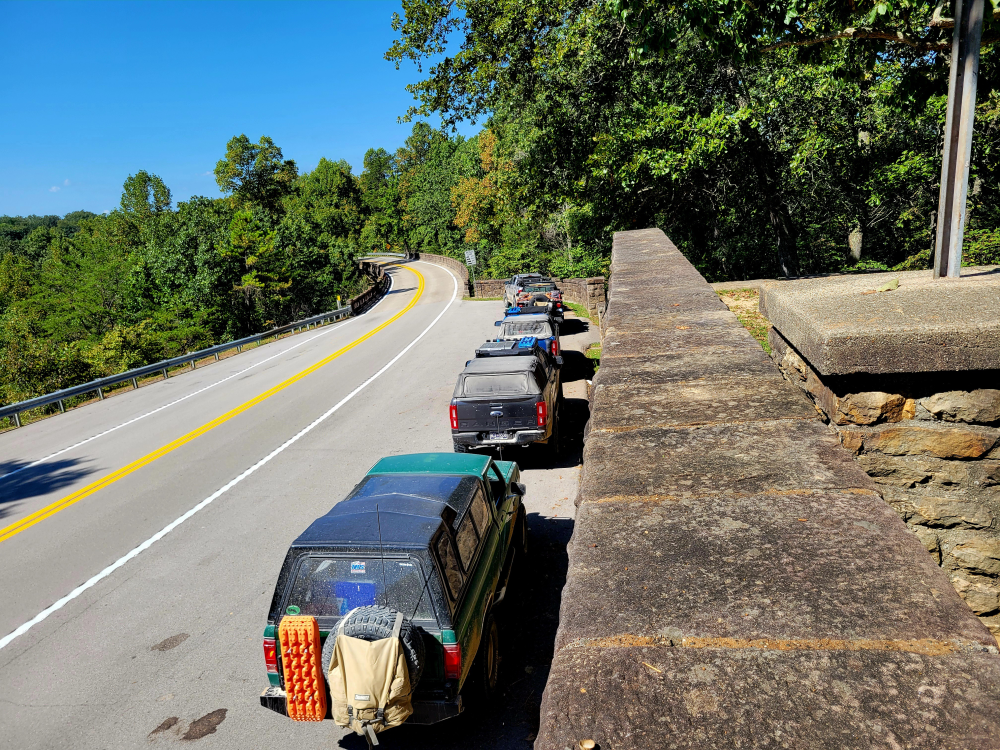
Cumberland State Park
From here it was just a short drive down the mountain to the Cumberland Falls State Park.
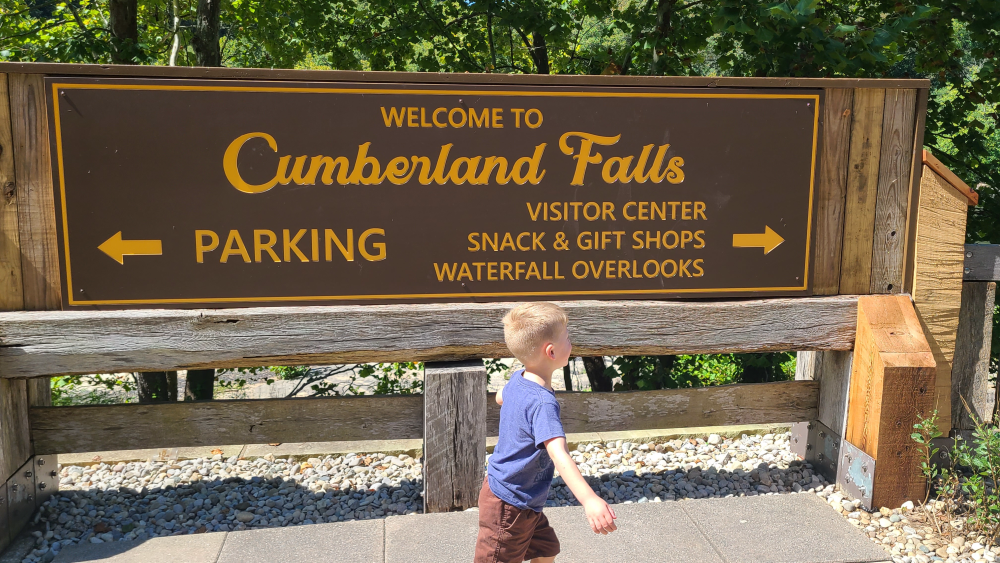
In 1750 the Cumberland Falls was rediscovered by the explorer Thomas Walker who named it after the Duke of Cumberland. The first recorded landowners of the falls were Matthew Walton and Adam Shepard in 1800, both engineers who served under George Washington during the American Revolution. Walton and Shepard surveyed the land in 1814 and were issued a land patent in 1828.
The first landowners to settle permanently at Cumberland Falls were Lewis Renfro, a Baptist minister, and his wife Mary, who built a cabin there in 1850, which would later be used as a hospital during the American Civil War. The falls and 400 acres of surrounding land were purchased in 1875 by Socrates Owens, who then built the Cumberland Hotel. Visitors traveled from Cumberland Falls Station at Parkers Lake in joltwagons pulled by mules, a four-hour journey. Upon reaching the Falls, they crossed the river by wading, rafting, or fording in the wagons. When Owens died in 1890, his widow, Nannie William Owens, and his son, Edward F. Owens, took over the hotel. The Owens family later sold the hotel and 400 acres to the Cumberland Falls Company who in turn sold it to J.C. Brunson, who renamed the hotel the Brunson Inn.
In 1927 the Kiwanis Club sponsored a trail to be built from nearby Corbin, Kentucky, and dedicated to Kentucky governor William J. Fields. Construction occupied some 200 laborers over nine weeks. However, as late as 1929, the Izaak Walton League wrote of access to the falls saying:
In 1928, a proposal to accept the falls as a park was brought to the floor of the Kentucky Senate but was defeated.
The area was a favorite vacation destination for T. Coleman du Pont, a Kentucky native and U.S. Senator from Delaware. Disturbed by plans to build a hydroelectric dam at the site, Louisville Times editor and conservationist Tom Wallace spearheaded a campaign to save the Falls from 1926-1931. In 1930, Wallace and other conservationists persuaded DuPont to purchase and donate 600 acres surrounding the falls to Kentucky, urging the commonwealth to set aside the property as a state park.
Despite DuPont’s death later that year, additional land was purchased, and in 1933 the state legislature designated the property as Kentucky’s third state park. The park was officially opened on September 7, 1931. Much of the early work at the park, including construction of DuPont Lodge and cabins for guests, was undertaken during the Great Depression by Civilian Conservation Corps (CCC) and Works Progress Administration (WPA) employees.
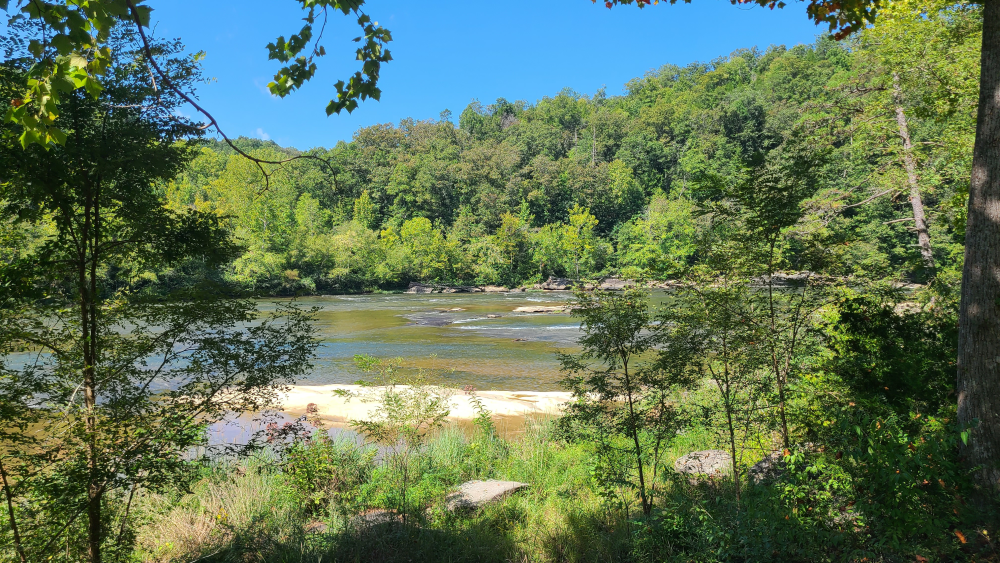
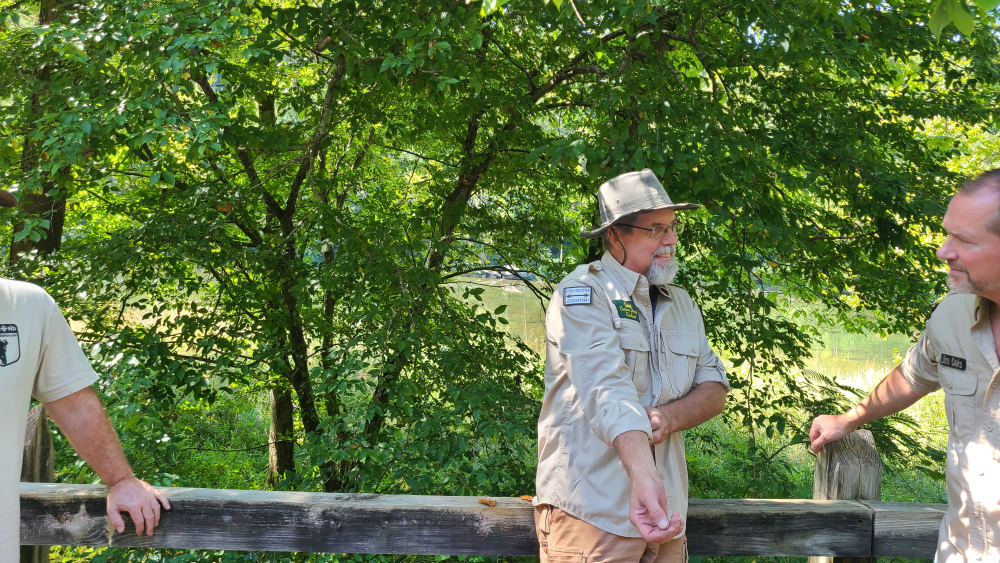
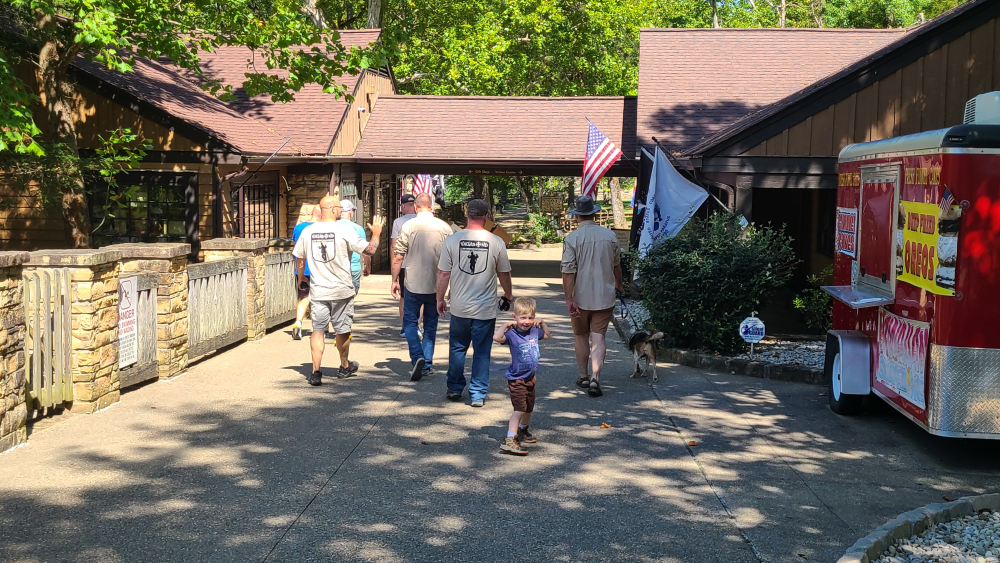
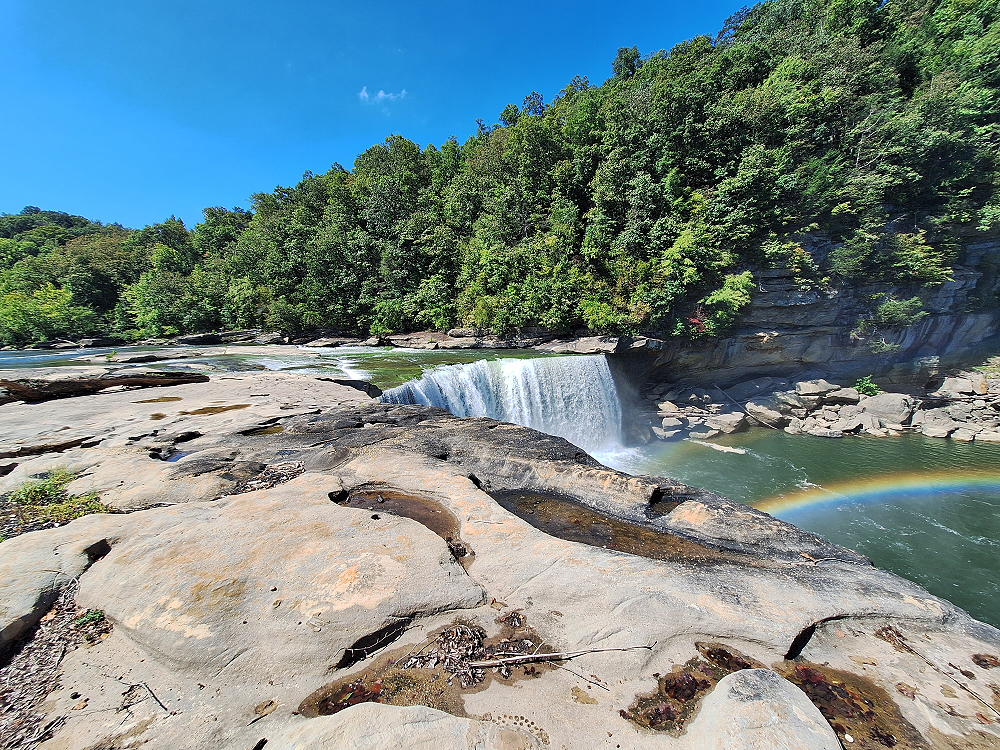
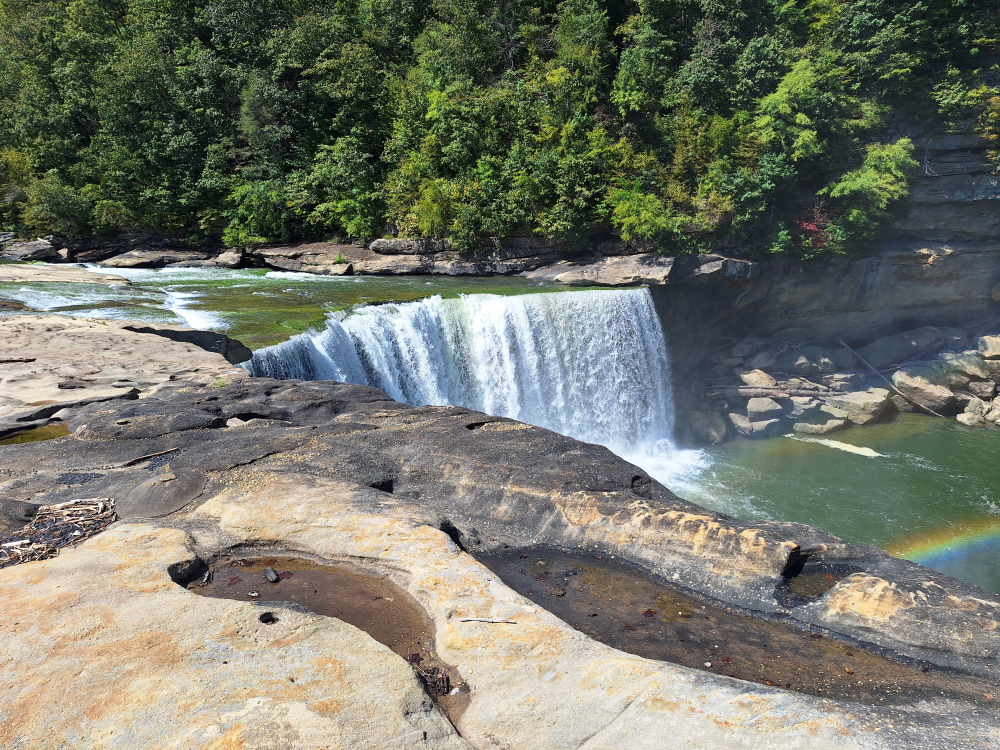


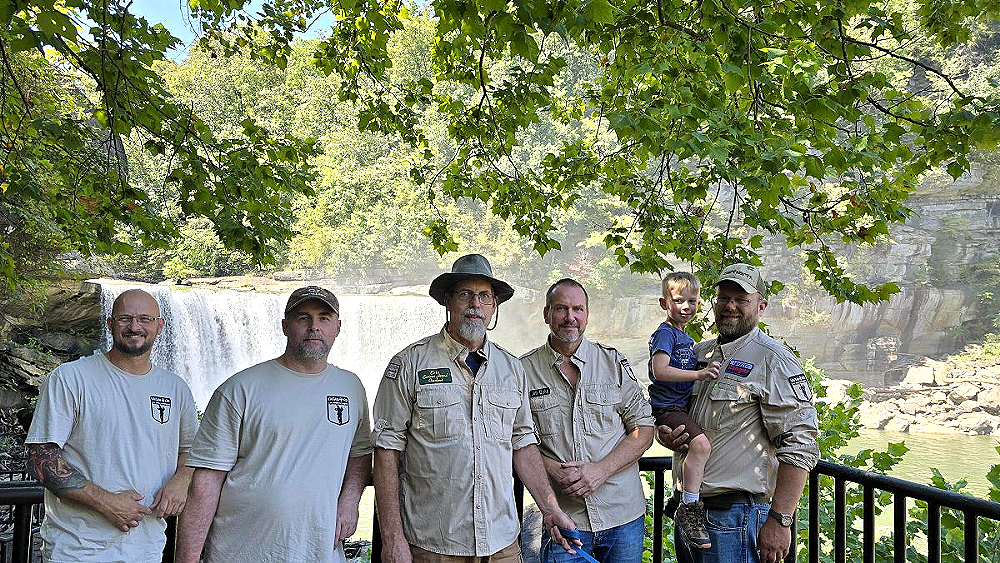

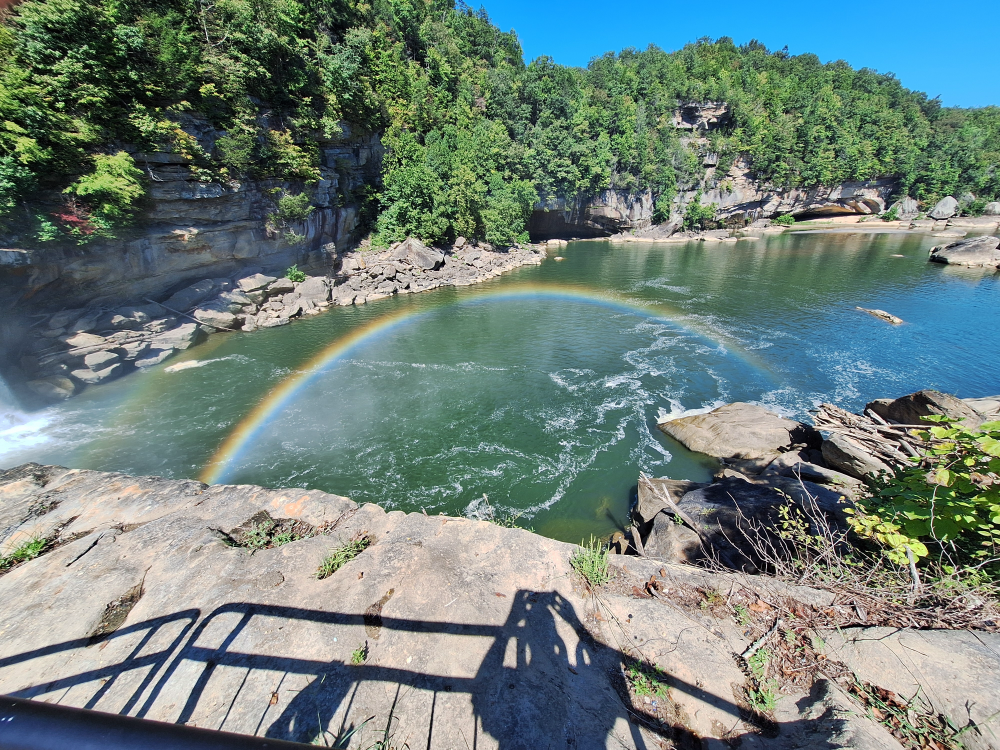
Knowing that we had a long drive ahead of us, it was time to leave. We would have to travel approximately 260 miles to go from here to the Prizer Point campground at Land Between the Lakes and would take an estimated 5-hours with stops to get there.
In addition to that, I would have to break away from the group and travel 30 minutes north of Prizer Point to the Walmart in Princeton to order a cake for our gathering on Saturday.
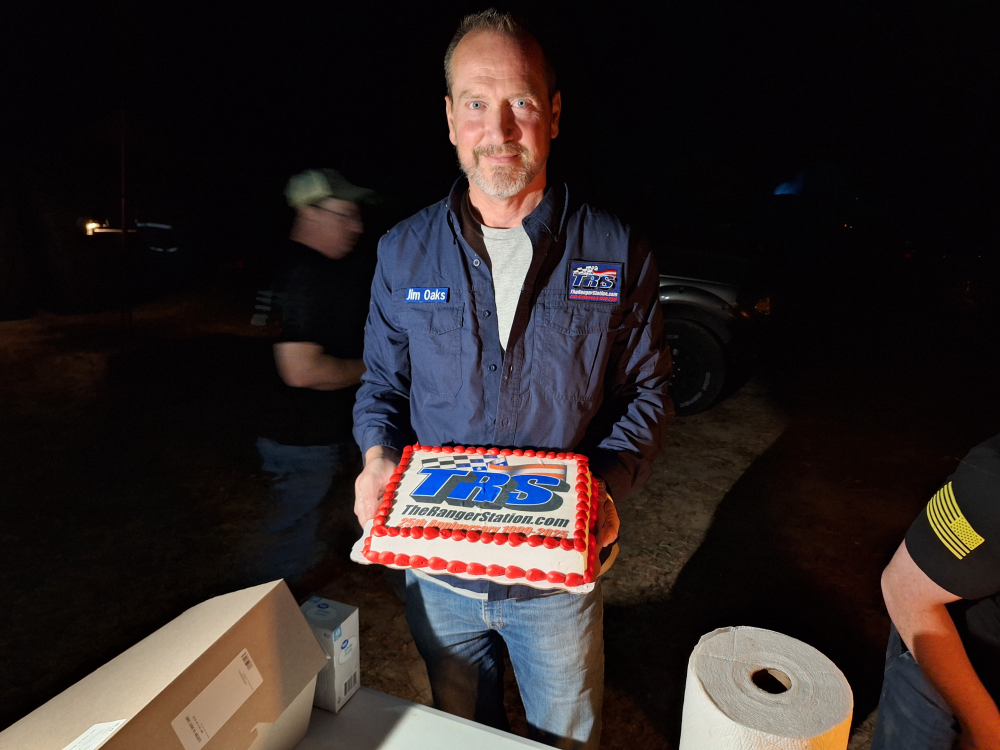
In all, it was a fantastic trip with my fellow Vagabonds, and I didn’t want it to end. I can’t wait for our next trip!
For more on the 25th Anniversary event, check out: TRS 25th Anniversary Fall Adventure
Discussion:
Want to see more details about this trip or ask questions? Check out:
Vagabonds – Kentucky Adventure Tour – 2024 | The Ranger Station
Links:
Kentucky Adventure Tour (Trail)
The Vagabonds – Kentucky Adventure Tour – Day 1
The Vagabonds – Kentucky Adventure Tour – Day 2
The Vagabonds – Kentucky Adventure Tour – Day 3
Video:
Kentucky Adventure Tour Day 4 Maps:
